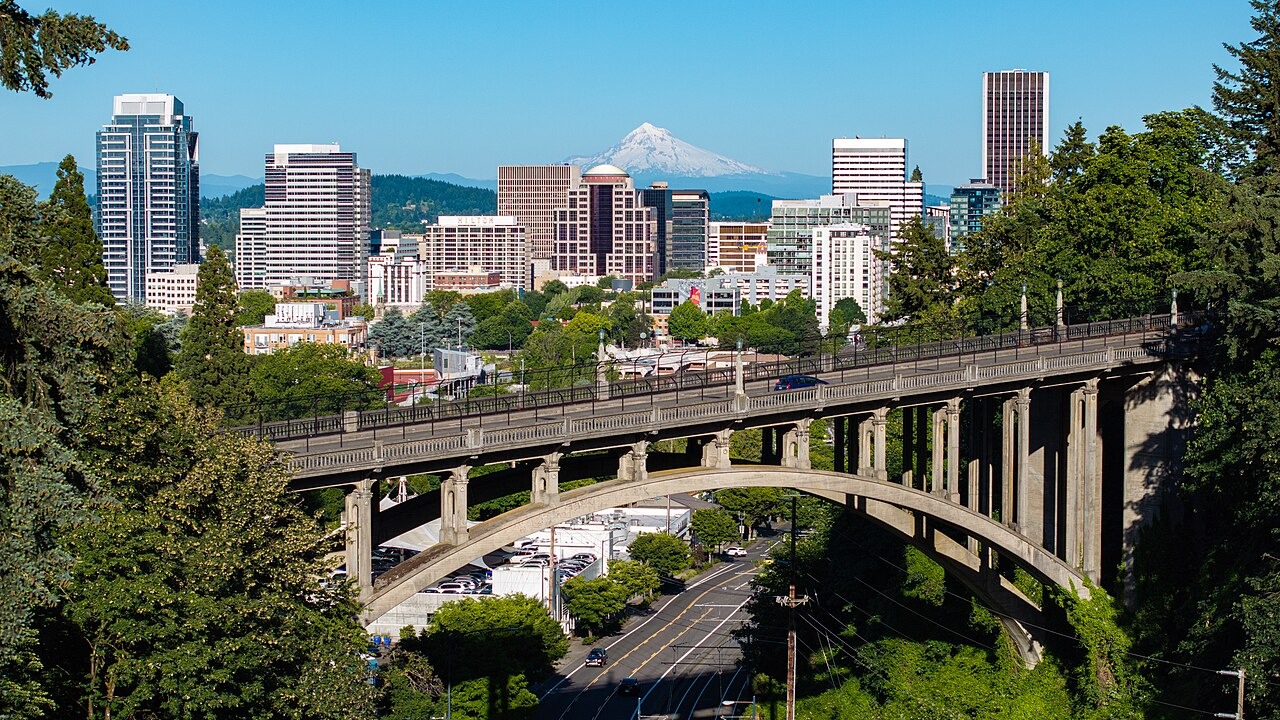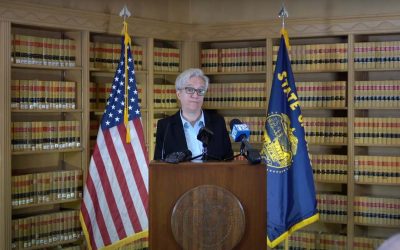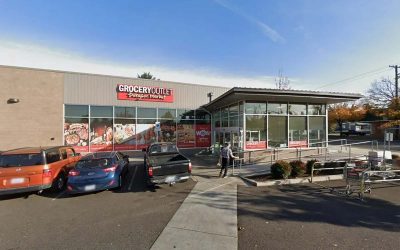After years of population loss, Portland’s population has finally crept upward — but the numbers tell a story more sobering than celebratory.
According to new U.S. Census data released this May, Portland gained roughly 1,400 new residents in 2024, a modest 0.2% bump that brings the city’s population to 635,749. That’s the first increase since 2020 — the year the city hit its peak of 653,166 before spiraling into a four-year decline.
Despite the recent uptick, Portland remains more than 17,000 residents below where it stood just a few years ago.
From 2020 to 2023, Multnomah County — which encompasses Portland — lost nearly 27,000 residents, more than any other county in Oregon. That represents a 3.3% decline, according to an analysis of Census data reported by Axios. While the U.S. population grew by 1% overall during that same period, Portland bucked the trend by shrinking.
So what happened?
Between 2020 and 2023, the city saw a steady outflow of residents — driven by a mix of skyrocketing crime rates, rampant homelessness, political instability, and economic uncertainty during COVID shutdowns. Portland became a national symbol for urban decay, with shuttered storefronts, tent camps lining sidewalks, and violent protests dominating headlines for years.
Housing costs have also played a major role in the city’s shifting population. Portland’s median home price remains over $525,000, while many working- and middle-class residents found themselves priced out and looking for cheaper, safer alternatives. Surrounding counties like Clackamas and Washington still offer expensive housing — but with less visible disorder and better access to schools and services.
Meanwhile, cities across the Columbia River like Vancouver, Washington, have surged ahead. Vancouver’s population has grown 4% from 2020 to 2024, thanks to its lower taxes, perceived safety, and proximity to Portland jobs without the baggage. Other suburbs like Hillsboro (up 1.2%) and Beaverton (up 0.7%) have also outpaced Portland’s growth.
Yes, there are signs of recovery. Foot traffic is up downtown. The Portland Saturday Market is drawing larger crowds again. Young creatives and remote tech workers are trickling in, drawn by Portland’s still-vibrant arts scene and natural beauty.
But a gain of 1,400 residents after losing 17,000 is less a comeback than a pulse check.
If the city wants to truly reverse the damage of the last four years, it’ll need more than a Census blip. It’ll need bold leadership, honest self-reflection, and a serious commitment to restoring what once made Portland one of the most livable cities in America.
For now, Portland isn’t dead — but it’s not quite thriving either.













